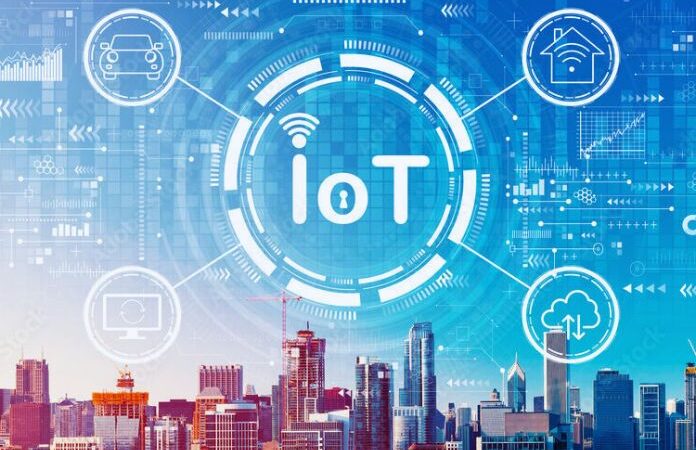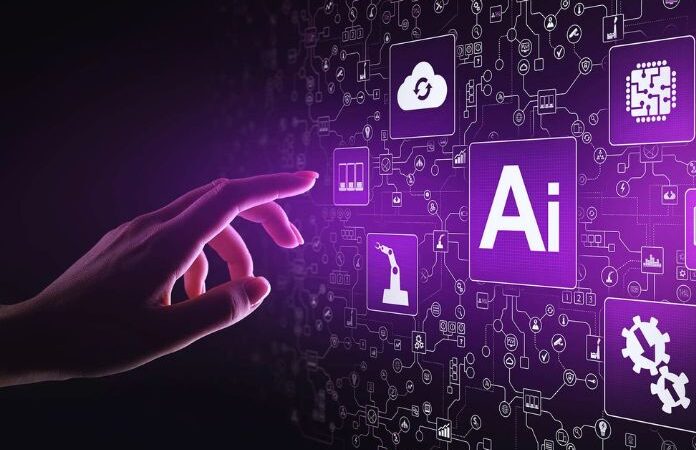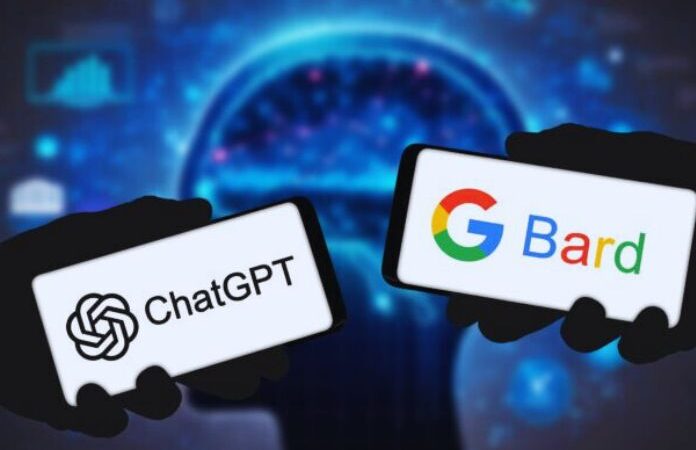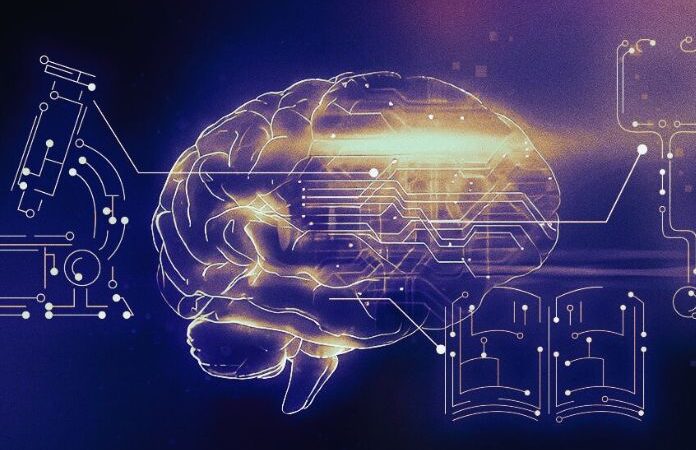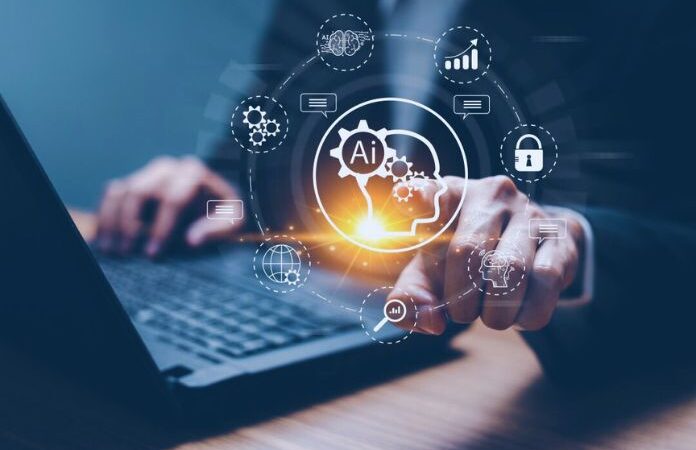Concrete Applications Of Machine Learning For Utilities

Table of Contents
Digital Twin For Digital Asset Management
A digital twin, i.e., a digital twin, is a virtual copy of a physical asset that allows Utilities to manage and formulate hypotheses, in complete safety, on the influence of particular conditions on the plants. This trend is already clearly visible today: investments in digital twins have increased exponentially on projects ranging from monitoring the state of health of plants to providing timely support and services.
They are integrating a digital twin dashboard to support field operators in managing sewage and rainwater containment and disposal operations. The digital twin, in this case, is programmed based on historical data extrapolated from the time series and is capable of giving operators a forecast of what will happen in the future starting from a series of historical data, also put in relation with other contextual data such as the weather trend.
Automation And Efficiency Of Maintenance Management
The use of Machine Learning brings numerous advantages in the process management methods themselves, favoring a saving of time and resources often used in activities with little added value or repetition. The HERAtech project moved in this direction: the company was looking for a solution to be applied to the water network that could distinguish alarms that required intervention from unreliable ones to optimize the use of the operational teams to check for any anomalies.
The solution led to an 85% reduction in false alarms thanks to an algorithm that understood all suspicious situations. The adoption of Machine Learning has therefore had positive repercussions on the business, allowing maintenance and emergency management costs to be saved. Thanks to the awareness acquired, HERAtech has also set up a data-driven decision-making process, which has made it possible to optimize the drinking water supply services.
A Virtual Assistant To Optimize Processes And Internal Operations
Integrating a Virtual Assistant in the maintenance and asset management processes guarantees always active and real-time assistance to operators in the area. The virtual assistant can also track all interactions and use incorrect ones to strengthen its capabilities and offer more punctual and precise answers. The same technology has proved useful when applied to the environment of Multiutility remote control rooms to optimize internal operations of technical support.
AI Call Center To Monitor Communications In A Smart Way
An AI-powered call center helps utilities manage and monitor internal and external communications intelligently. Integrating AI into customer support and service activities makes it possible to respond to customer needs with the correct information in an automated and timely manner. The same solution can be used to automate the communication processes of assistance to people in the company, such as maintenance teams in the area.
Supervision Of Distributed Infrastructural Networks
Utilities can rely on image recognition algorithms for the continuous supervision of open-air infrastructures and to intercept potential critical issues on the same. For example, identifying potential problems with electrical energy transport components as early as possible makes it possible to optimize maintenance processes to avoid outages. The advantages of using Machine Learning also concern automating maintenance management. The system can identify anomalies in the network, recognize their types and notify the dedicated maintenance team in real-time to facilitate quick and targeted interventions.
Robotic Process Automation For Back Office
In managing back office activities, the use of Machine Learning applied to improve Robotic Process Automation (RPA) is becoming a reality increasingly. This technology frees people from manual and repetitive tasks through intelligent software. Thanks to ML, it is possible to enhance RPA and train machines to follow complex decision-making paths based on the large amount of data the Utilities collect.
The combination of RPA and Machine Learning gives life to Intelligent Process Automation (IPA), which makes it possible to analyze and process data, improve operations, and provide useful information for decision-making. All time-consuming activities are often performed manually or are only partially automated. Furthermore, it has automatically categorized and controlled these documents, allowing you to send inputs from one system to another for managing procedures. The result is a drastic reduction in time and costs of document processes and better management of services aimed at the customer who receives faster responses to his requests.
Cognitive Search For Documentary Research
In the context of utilities, technical knowledge is an asset that must be managed and administered in the best possible way, with maintenance teams and operators distributed over a vast territory. They allow you to search and find the correct document even among a huge volume of possible results, reconstructing the search intent.
The Natural Language Processing (NLP) techniques applied to text recognition can conduct a cognitive search by identifying the intent of the request made, thanks to machine learning models and rules. This has allowed a utility company to obtain 4 times the speed of information retrieval compared to traditional document research tools, a -66% saving on costs for low value-added activities, and better organization and data analysis. Useful for extracting fundamental insights for decision-making.
A Data-Driven Approach To The Customer Journey And Customer Experience
The full liberalization of energy, which will be completed in 2023, requires a change of pace from utilities. The main consequence will be a new market that needs to be more cohesive regarding the number of offers and competitors. The governance of your data represents a real business opportunity for companies that do not want to be caught unprepared. The data, applied to sales and marketing strategies, make it possible to model the customer journey and experience and better finalize acquisition, retention, and customer service objectives.
Machine Learning allows a new marketing approach thanks to in-depth analyses of more structured data in the bill, combined with those extrapolated from all the online company touchpoints, such as the commercial call center, interactions with the chatbot on the website, and those on social media. The result is a CRM enrichment and a better clustering of your users, useful for identifying opportunities to maximize margins and work on new ways of engaging users through up-selling and cross-selling.
Also Read: Drivers: What They Are And Why They Are Important

